5
EPISODE FIVE : WINNIPEG
Winnipeg, located on Treaty One Territory, has the largest off-reserve, urban Indigenous and Metis population in Canada. Much of the city’s Indigenous population is clustered around Winnipeg’s North End and has a number of unique challenges that affect its residents. It is also an incubator for innovative community initiatives that help address those issues. Meet Kevin, Peatr and Cayden. By providing resources to their fellow community members, they are sharing their passion, transforming not only their city but themselves.
OUR STORYTELLERS

KEVIN
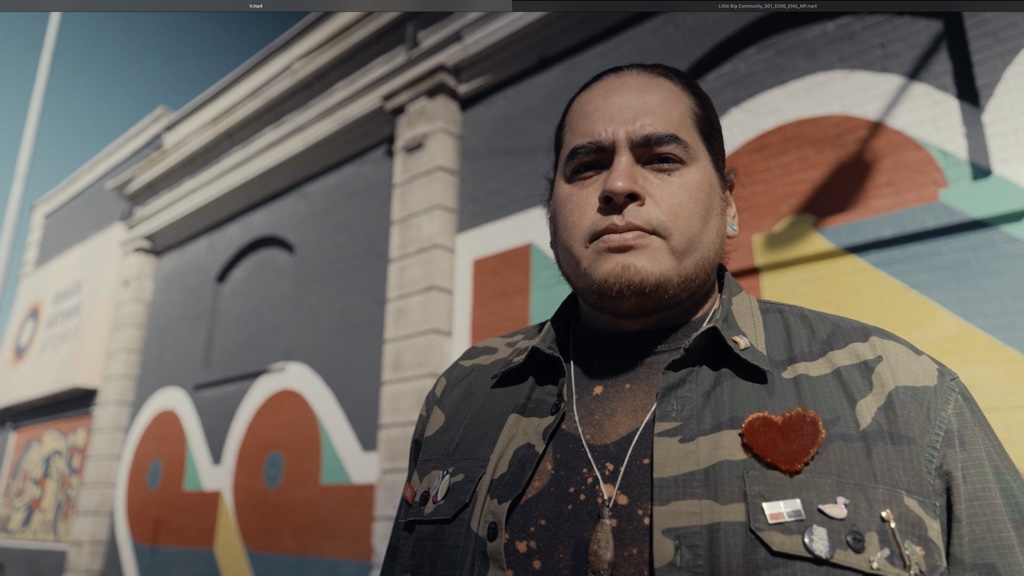
PEATR

CAYDEN
MURKY WATER
wīnipēk
The city of Winnipeg’s name is derived from the Cree word wīnipēk, meaning muddy water, referring to nearby Lake Winnipeg known for its silt-ridden and murky. For thousands of years, the land the city now stands on the banks of the Assiniboine River has been a gathering place and homeland for countless Indigenous peoples, including the Ininiwak, Anishininiwak, Anishinaabe, Dakota, Dene and Assiniboine.
Located on Treaty No. 1 Territory, Winnipeg has long remained a focal point and gathering place for Indigenous people from Manitoba and beyond. It is home to the highest urban Indigenous population in the country and is considered by many as the cultural capital for Indigenous art and music.
The city is dotted with galleries and exhibition halls, curating traditional and contemporary Indigenous art from across the continent. Among those, the Winnipeg Art Gallery has a collection of over 12,000 pieces, such as carvings, drawings, prints and textiles, by Indigenous artists from every corner of the country.
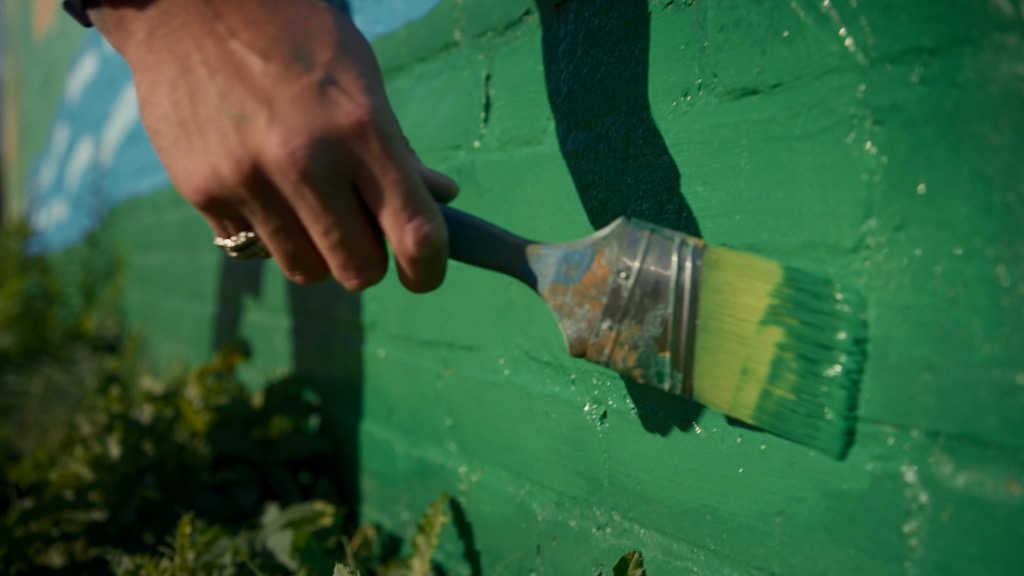
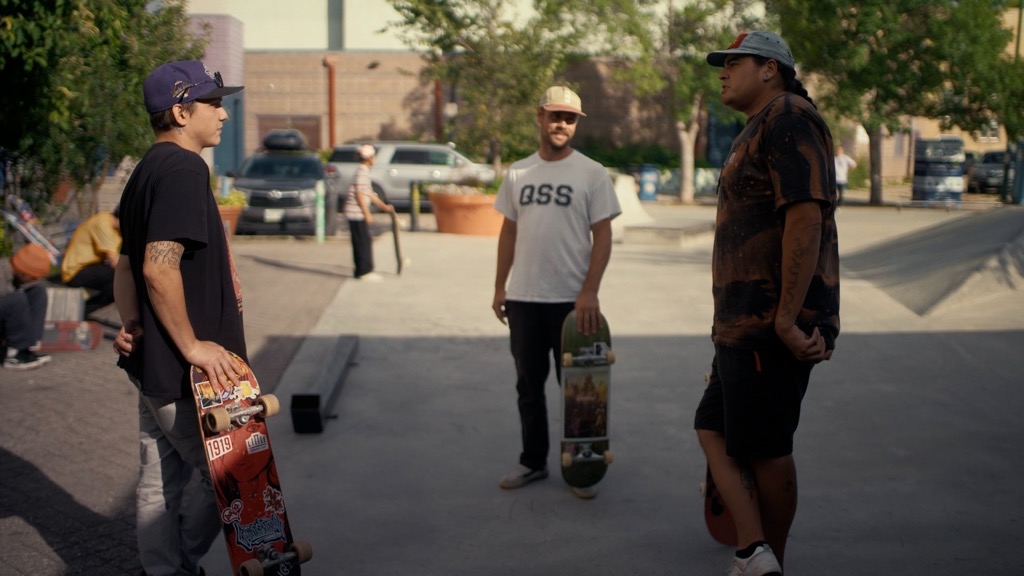
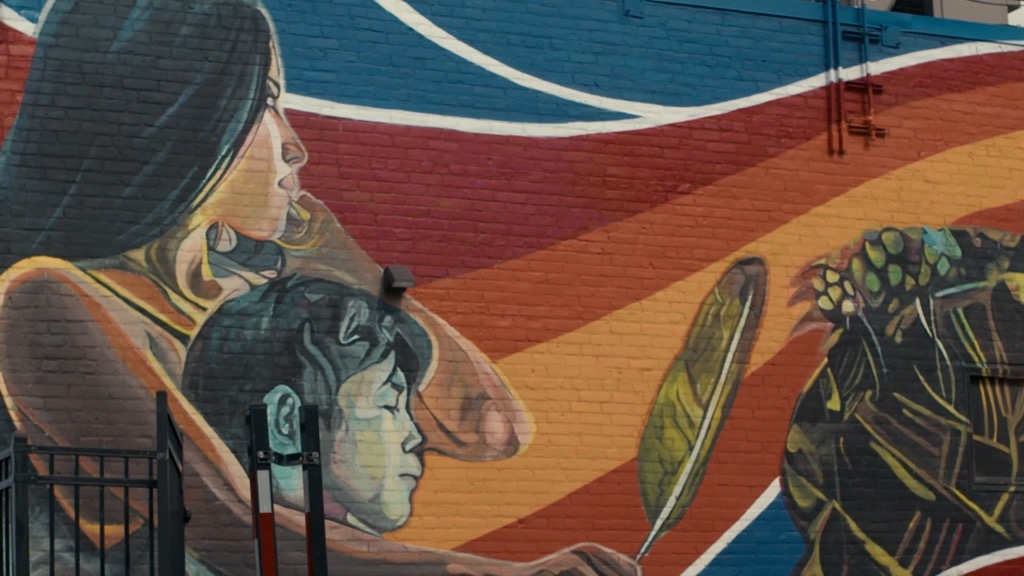
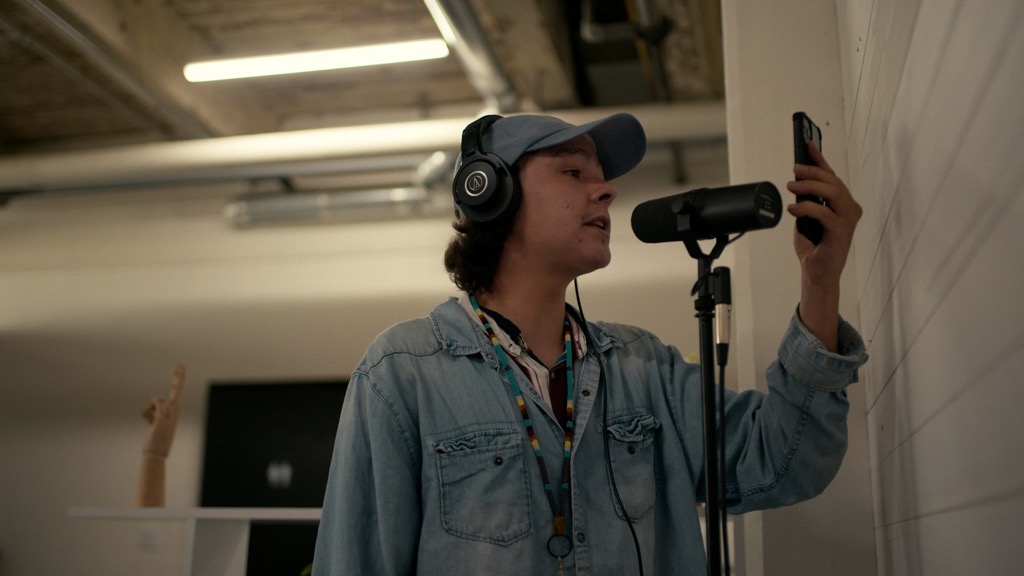
But outside the galleries and museums, Winnipeg is also home to an organically curated Indigenous art scene based on street art, hip-hop and skateboarding. Graffiti artists such as Peatr Thomas, Marco Müller and Jessie Canard, are using the city’s walls as their canvas, painting contemporary Indigenous art and symbolically reclaiming territory.
Hip-hop artists and rappers such as Stun, Mattmac, Caid Jones and Sly Skeeta, have put Winnipeg on the map as a destination for Indigenous hip-hop in North America. The scene has flourished, with organizations such as Indigenous Music, Indigenous Hip Hop Awards Show and Graffiti Gallery helping up-and-coming artists get the skills, mentorship and recognition needed to make it in the industry.
Winnipeg’s Indigenous population continues to face a variety of uniquely urban challenges but has demonstrated continual resilience in surmounting them.

CONTACT US
Have a story about your own little big community?
Reach out and let us know! We would love to help you tell it.
